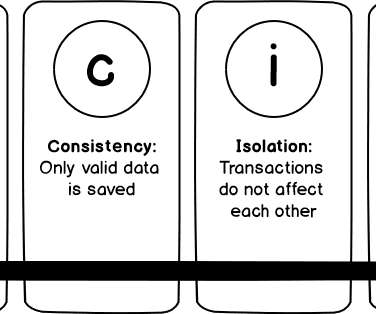Davis AI now detects infrastructure availability issues as root cause
Dynatrace
JUNE 10, 2020
Dynatrace news. Having been named as a Leader in the 2020 Gartner APM Magic Quadrant for the 10 th consecutive time proves that Dynatrace is the best-of-breed application performance monitoring tool available. Our Davis AI causation engine can easily detect root causes that are related to service slowdowns or increases in failures. But what happens if a service work perfectly but the underlying infrastructure, such as processes and hosts, experience an outage?











Let's personalize your content